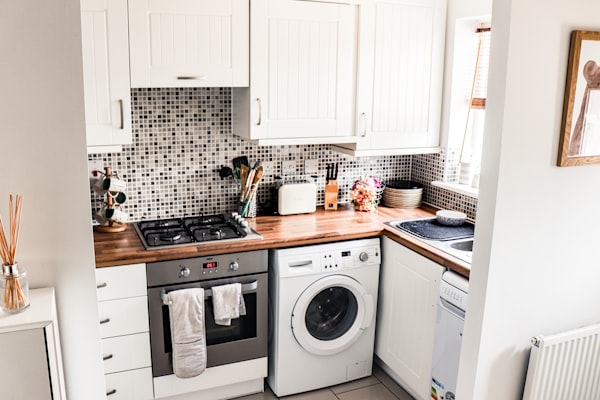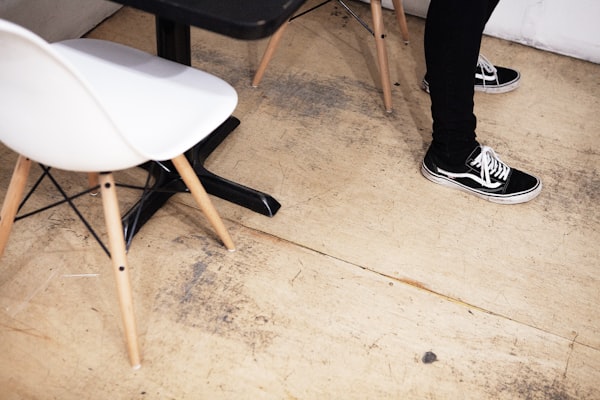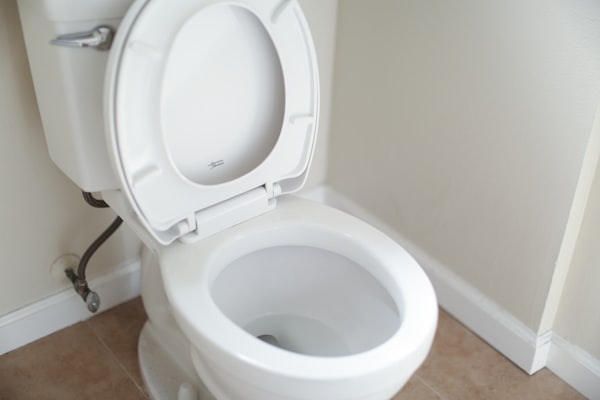Woodworms are the larvae of certain species of beetles that feed on and damage wood. They are often found in older, damp, or decaying wood, but can also infest sound wood if the conditions are right.
How to identify woodworms
To identify a woodworm infestation in your home, look for the following signs:
- Small, round holes in wood surfaces: Woodworms tunnel through wood, leaving behind small, round holes as they emerge as adults. These holes are usually about the size of a pencil lead and are usually found in areas that are hidden or difficult to see, such as under carpets or behind furniture.
- Powdery or sawdust-like material around the holes: As woodworms tunnel through wood, they leave behind a powdery or sawdust-like material called frass. Frass is a mixture of wood particles and insect excrement and is often found near the holes or tunnels that woodworms create.
- Active woodworms: If you see small, white or cream-colored worms crawling on or near the wood, this is a clear sign of an active infestation.
How to treat wood worms
To treat woodworms, you can use a chemical insecticide or a natural solution. Chemical insecticides are effective at killing woodworms, but they can be toxic to humans and pets and may have negative environmental impacts. Natural solutions, such as borax or neem oil, are safer for people and the environment but may not be as effective as chemical insecticides.
Here are some steps you can follow to treat woodworms:
- Identify the type of woodworm infesting your wood. Different woodworm species require different treatment methods, so it is important to accurately identify the type of woodworm you are dealing with.
- Remove any infested wood. If the infestation is severe, it may be necessary to remove and dispose of the infested wood.
- Repair any damaged wood. If the woodworms have caused significant damage, it may be necessary to repair or replace the affected wood.
- Treat the wood with an insecticide or natural solution. Follow the manufacturer's instructions for applying the treatment. Be sure to apply the treatment to all surfaces of the wood, including the undersides and joints.
- Keep an eye on the treated wood. It may be necessary to reapply the treatment if the woodworms are not completely eliminated.
It is important to address woodworm infestations as soon as possible, as they can cause significant damage to wood if left untreated.






